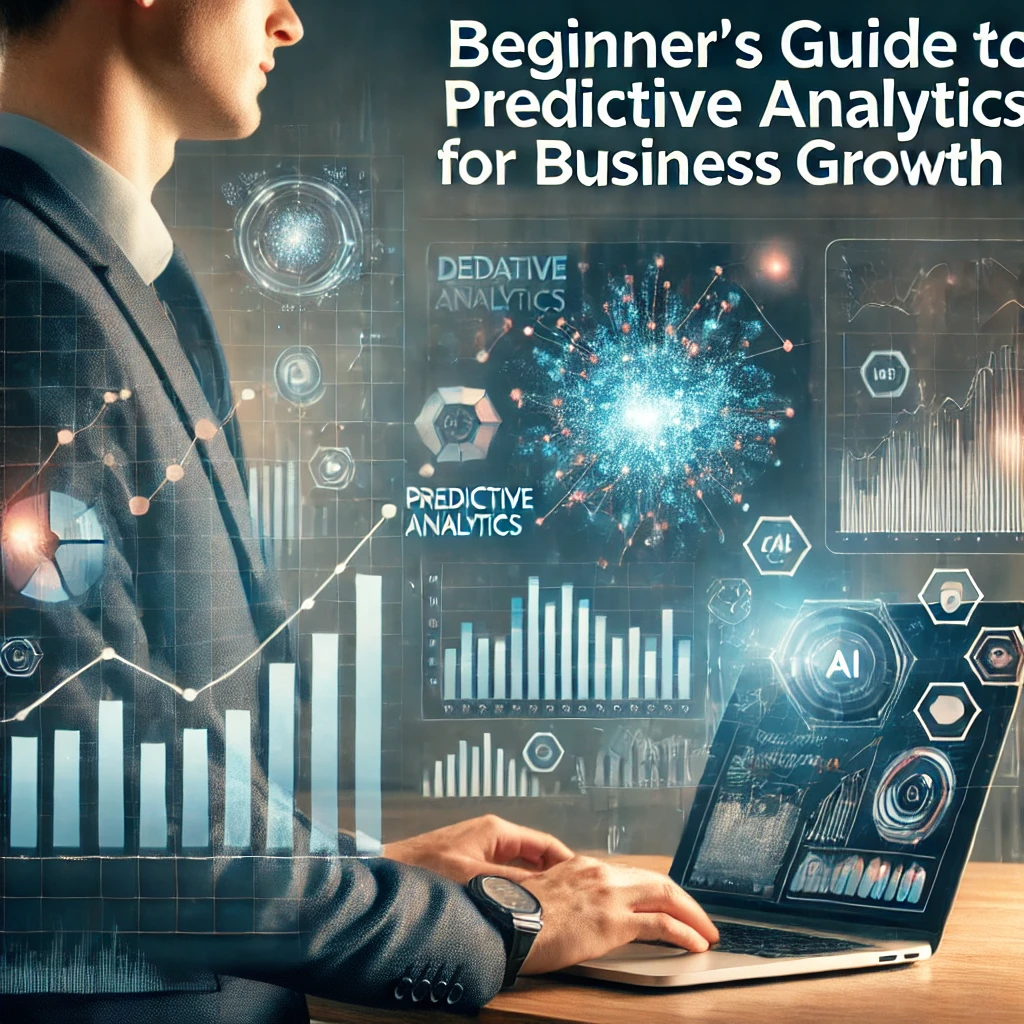Introduction
Predictive analytics is a powerful tool that helps businesses anticipate market trends, customer behavior, and operational risks. By analyzing historical data, businesses can make data-driven decisions that lead to better efficiency, higher revenue, and competitive advantages.
In this guide, we’ll break down predictive analytics, how businesses can leverage it, and a step-by-step guide to implementing predictive models using open-source tools like Python, R, and Llama 3.2.
What is Predictive Analytics?
Predictive analytics involves using statistical algorithms and machine learning techniques to analyze past data and predict future outcomes. It is widely used in various industries, including finance, healthcare, retail, and marketing.
Key Components of Predictive Analytics:
- Data Collection – Gathering relevant historical data.
- Data Cleaning – Removing inconsistencies, duplicates, and missing values.
- Feature Engineering – Selecting and transforming relevant variables.
- Model Training – Using machine learning algorithms to find patterns.
- Model Validation – Evaluating model accuracy and reliability.
- Deployment – Applying the model to real-world business scenarios.
How Businesses Leverage Predictive Analytics
1. Sales Forecasting
Predict demand for products and services using historical sales data.
2. Customer Churn Prevention
Identify customers likely to leave and take action to retain them.
3. Marketing Optimization
Improve campaign targeting using data-driven customer segmentation.
4. Risk Management
Detect fraud and financial risks through anomaly detection models.
5. Inventory Management
Optimize stock levels based on demand forecasting.
6. Personalized Customer Experience
Recommend products using predictive algorithms like collaborative filtering.
[SEO optimized]
[SEO optimized]
